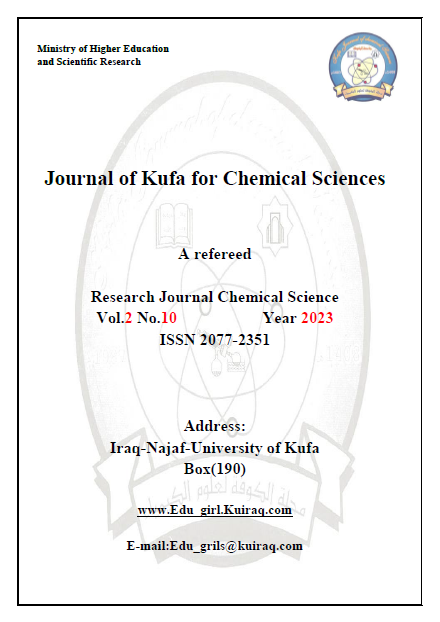Biochemical Study For Evaluation of some Clinical Parameters as Predictors of Myocardial Infarction in Patients With Type 2 Diabetes Mellitus Undergoing Elective Percutaneous Coronary Intervention
DOI:
https://doi.org/10.36329/jkcm/2023/v2.i10.13886Keywords:
InsulinAbstract
When blood flow to the heart muscle is impeded, fat and cholesterol build up on the inner wall of the heart, causing coronary heart disease (CHD), myocardial infarction (MI), and sudden cardiac death are just a few of the diseases that can occur in CAD as a result of atherosclerosis. A catheter is used during Percutaneous Coronary Intervention (PCI), also known as angioplasty, a non-surgical procedure to squeeze a balloon or stent into a narrowing area to restore blood flow to the myocardium. Therefore, it is treated with medication to widen or open up the veins in the heart muscle that contain plaque accumulation that results in stenosis in order to avoid the coronary artery blockage from occurring again. The key CVD risk factor is lipid profile and some biochemicals parameters, and each kind these parameters are associated with an increase in the incidence of MI. Anabolic processes, energy metabolism, and blood sugar levels are all controlled by the hormone insulin. Glycosylated hemoglobin (HbA1c) is frequently used to measure the average blood glucose levels of a person based on the age. The resulting values also help to diagnose diabetes mellitus by determining the blood sugar level. Elevated aminotransferase levels indicating liver function, have attracted great concern as potential novel markers of cardiovascular risk assessment. Although blood urea nitrogen (BUN), creatinine (Cr), and electrolytes is not the mainstay of diagnosis in MI patients, they may have a role in providing a more detailed view of the complications and mortality rates.
Downloads
Downloads
Published
How to Cite
Issue
Section
License
Copyright (c) 2023 Journal of Kufa for Chemical Sciences

This work is licensed under a Creative Commons Attribution 4.0 International License.
Open-access Statement
The journal « Journal Of Kufa For Chemical Sciences» provides immediate open access to its content on the principle that making research freely available to the public supports a greater global exchange of knowledge. Full-text access to scientific articles of the journal is presented on the official website in the Archives section.
This is in accordance with the BOAI definition of open access. The licensing policy is compatible with the overwhelming majority of open access and archiving policies.
The journal «Journal Of Kufa For Chemical Sciences» is an open access journal, which means all its content is freely available without charge to the user or his/her institution. Users are allowed to read, download, copy, distribute, print, search, or link to the full texts of the articles, or use them for any other lawful purpose, without asking prior permission from the publisher or the author as long as they cite the source.The journal is licensed by Creative Commons Attribution International( CC Attribution 4.0) .


